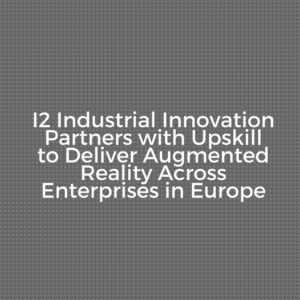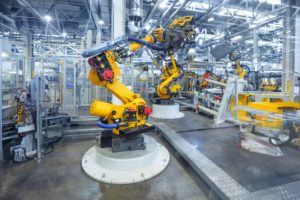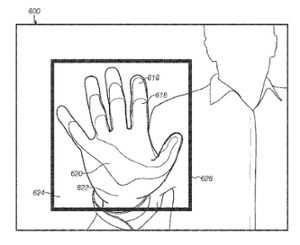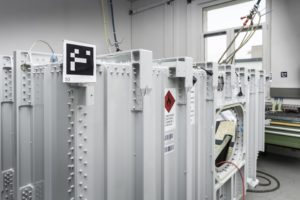AR technology simplifies complex processes by placing the right information in the right place at the right time. Moreover, it bridges the gap between the cyber-physical IoT and the real world and creates a composite environment showcasing the impression in real time. Manufacturers are implementing advanced AR technology into their shop floor and assembly processes by which they are able to reduce cost, increase efficiency, and improve the overall production. This trend is changing the face of manufacturing. AR superimposes holographic images and merges them into the real world and enables workers to identify effective ways to enhance the product design process.
Several major players such as Google, Inc. (U.S.), Microsoft Corporation (U.S.), Qualcomm, Inc. (U.S.), are constantly innovating on this front and are focussing on new developments using the AR technology to dominate the AR market.
The gap between the real and the virtual world is disappearing as the concept of AR is gaining momentum across industries and end users. This technology is extremely comfortable, easy to use, and opens multiple doors for users to interact with the equipment providing fundamentally new experiences.
AR applications have taken a step further by enhancing experiences in maintenance, marketing, customer support, and others areas of manufacturing. AR is opening doors for a number of opportunities enabling the transformation of the organizational structure by simplifying complex processes and solving operational problems across the value chain.
So in what way does AR disrupt manufacturing?
Factory floor operations these days are quite advanced. In this digitally driven world, consumers believe what they see. With an interactive technology such AR, consumers witness the “touch and feel” experience.
Hand-on and safety experience:
AR applications and devices are intelligent to provide hands-on training to inexperienced professionals without wasting any additional resources. AR tools have the capability to engage operators in a dynamic and an interactive way by offering step-by-step task guidance. This ensures safety for inexperienced professionals on the shop floor.
Streamlined Logistics and Maintenance:
The highly automated factory floor operations demand workers to multitask keeping a record of multiple things at one. Such manual work is highly tedious. The AR technology enables workers to scan the required information allowing the workers to work much faster. AR also has the ability to track the current state of the system remotely and recommend necessary actions for the same. Apart from this, AR also provides expert assistance to workers at remote locations to carry out effective maintenance operations, thereby improving the productivity of the worker.
Product Design and Development
Using AR technology, designers can experiment and experience different designs and visualise different hypothesis by overlapping visuals onto the real environment. This technology allows designers to be more creative, improves their decision making, and adds or removes specific product features as per the requirement without much investment. This technology speeds up the design of the product and the manufacturing processes.
AR Use case: BOSCH and AR
Bosch uses AR applications for the automotive sector. With its current updated version of Common Augmented Reality Platform (CAP), Bosch has become a pioneer of the AR applications. Cap provides fast and easy integration of digital and visual data into various platforms such as technical documents, repair manuals, and sales and training platforms (Source: Bosch.com). The newly updated CAP platform is used for high end AR applications and is available to any industry. Not only has it proved to be cost effective for its customers, but it also helped in increasing sales revenue complemented with the reduction in training, repair, and warranty costs. This has helped its workers to improve their productivity providing support for maintenance tasks.
AR is capable of delivering accurate and critical information when needed. It simplifies and speeds up manufacturing processes and ensures that the machine inspection is done on time to ensure the best condition of the machine. It is indeed a technology for the present and the future!









